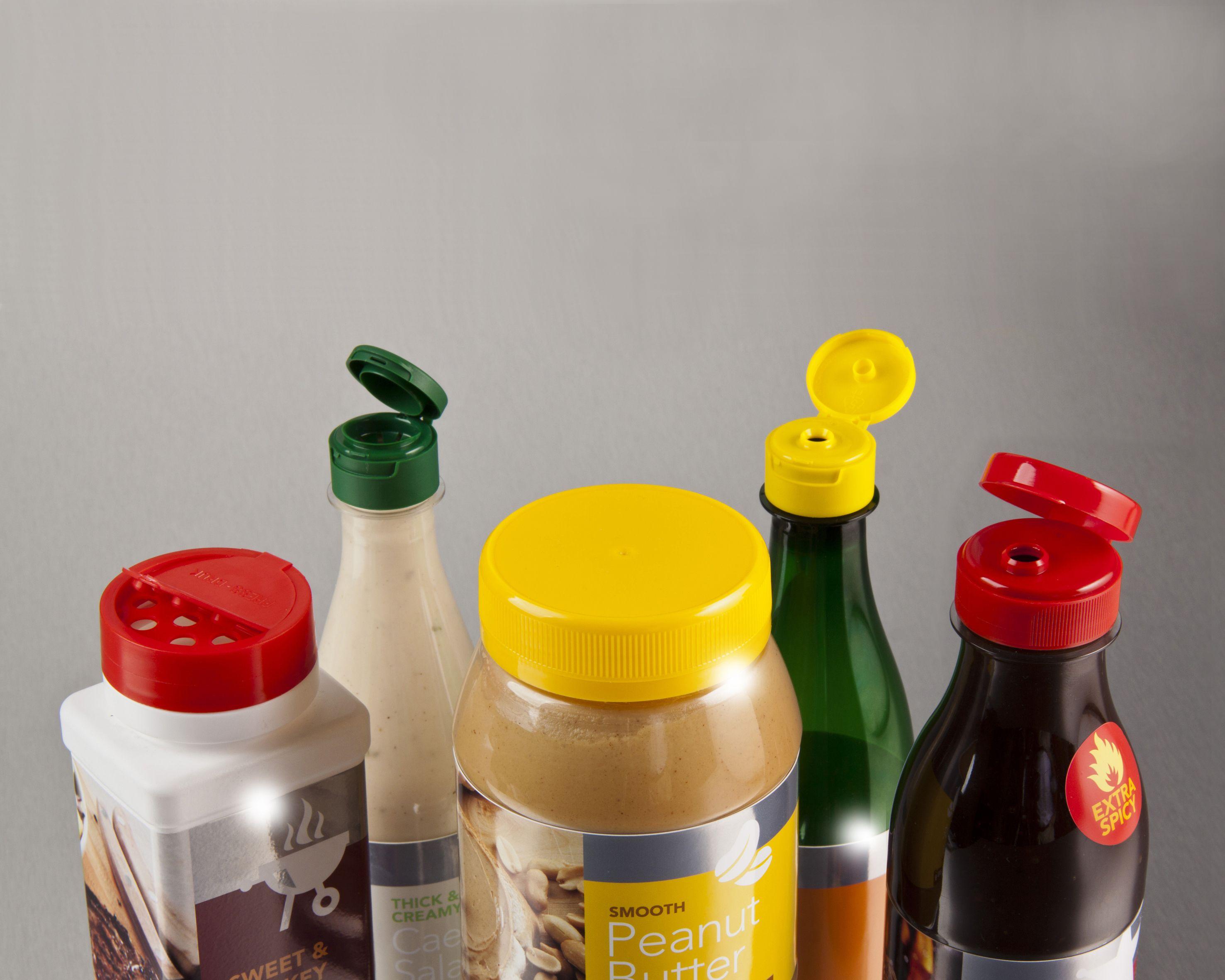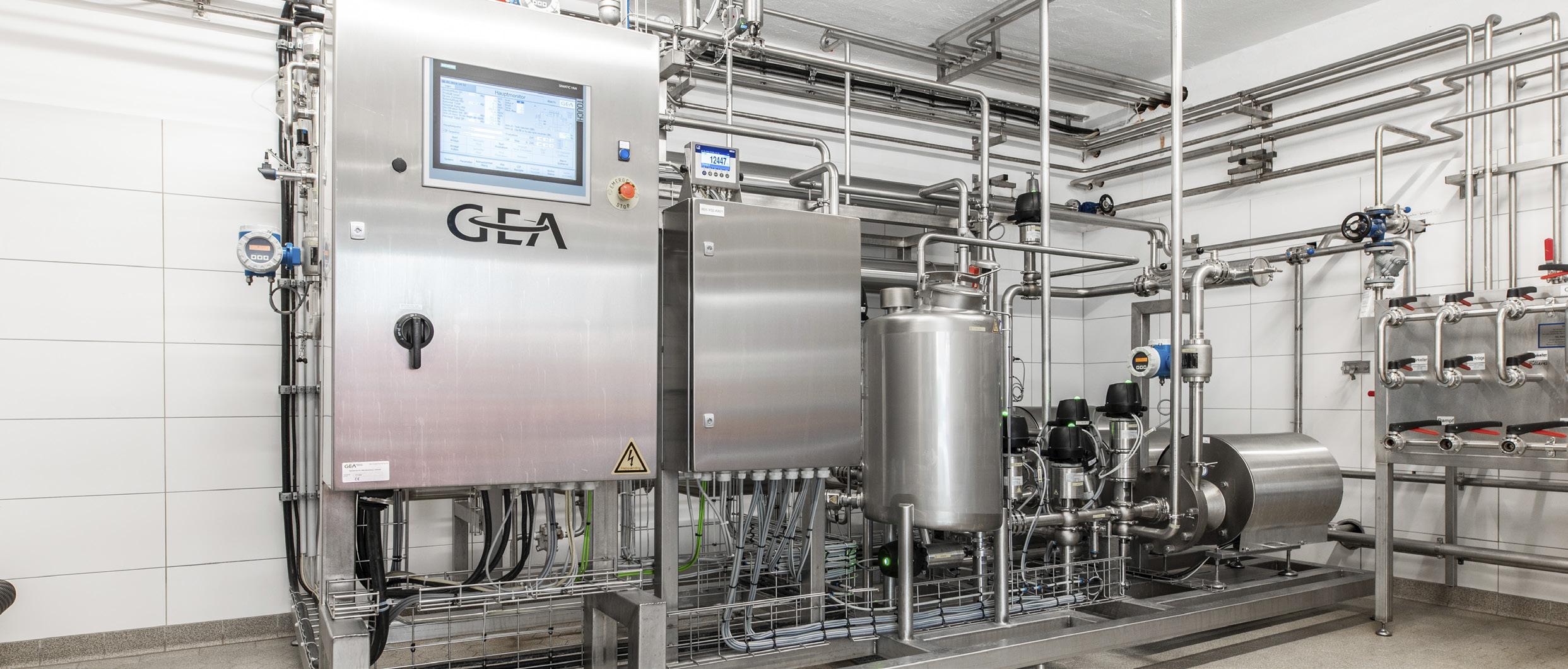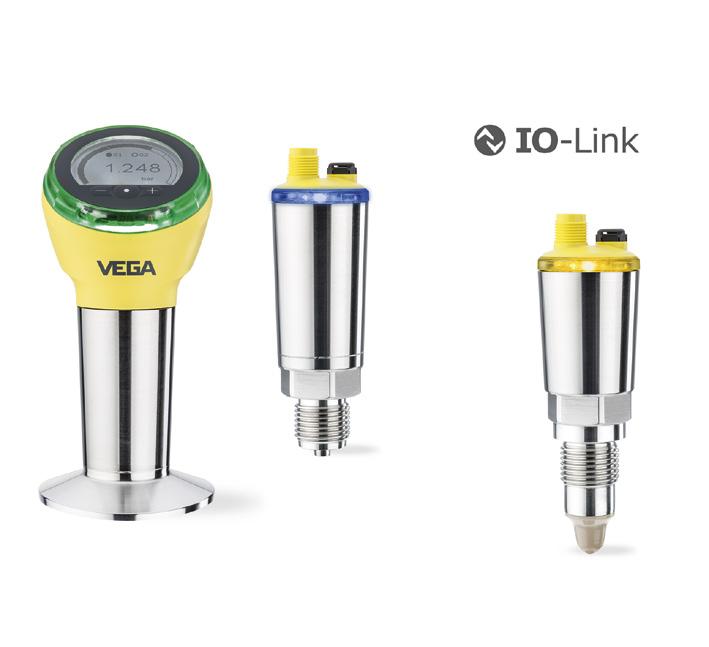
9 minute read
INDUSTRY TALK
Manufacturing trends reflect the decade ahead
As we enter a new decade, the only way African manufacturers can stay ahead of competitors and win the market in today’s quickly transforming environment is to embrace change, writes Mark Wilson.
Those who wish to thrive and not just survive are leveraging the latest in growth-inducing Industry 4.0 technologies. The answer is simple: Leverage new technologies and cater to changing customer demands. Mark Wilson managing director, Syspro Africa
1. MACHINE LEARNING & AI Manufacturing is such a massive industry that it can take time for changes to be implemented across the board. The adoption of newer technologies such as artificial intelligence and machine learning will be no different.
While progress might be slow within the African manufacturing industry, it is moving towards the ubiquitous use of these technologies.
AI, machine learning and advanced analytics offer manufacturers the opportunity to improve efficiency and increase profit margins. These benefits cannot be ignored as the more complexities manufacturers face, the greater the opportunity to use these technologies to get the competitive edge.
These technologies aren’t just limited to one area of your business: they can improve your performance in every area. Whether on the factory floor, in your supply chain, or in your customer relations, there are numerous ways machine learning, AI and advanced analytics can improve your business practices.
2. IoT BECOMING MORE PROMINENT Manufacturers are leveraging IoT, which entails the interconnection of unique devices within an existing Internet infrastructure. This can achieve cost reduction and increase efficiency, improve safety, meet compliance requirements and product innovation.
The increased adoption of IoT will also see an increase in the amount of data that manufacturers produce. Data may be the crude oil of the 21st century, but without the ability to analyse and action based on tangible, accurate insights, it is
simply taking up space. This is where artificial intelligence (AI) and machine learning comes in – the ability to manage volumes of data, generate legible insights and proffer solutions will greatly increase manufacturers’ responsiveness, improving efficiency and helping identify new business opportunities.
Manufacturers are now understanding that IoT empowers them to make informed strategic decisions by providing crucial, realtime information.

3. CONNECTED FACTORIES Smart manufacturing is the development of a connected ecosystem of people and equipment that communicate in realtime. The benefits of smart manufacturing range far and wide: optimisation of organisational systems, improved product quality, increased efficiencies in the allocation of resources and amplified customer satisfaction.
The new factory environment is being advanced by Cloud computing and smart sensors. Smart sensors can convert information into different units of measurements, communicating with multiple machines, while recording statistics and feedback. It can also assist in shutting down devices if a safety or performance issue arises.
4. ATTRACTING AND MAINTAINING TECH-SAVVY EMPLOYEES As manufacturers rely on technology, the need for tech-savvy employees increases. The challenge is that there are not enough skilled employees to fill the number of open jobs. Advocates for the manufacturing industry are educating the next-generation workforce about exciting opportunities for careers in a skilled trade. It will take more than marketing to bring these workers in the
10 Food Manufacturing Africa | 2020 Quarter 1 door and keep them engaged.
The incoming workforce must be part of an organisation that’s innovative, future-proof and understands the need for a collaborative and flexible work environment. What keeps the next-gen worker coming back is the ability to make a difference and contribute to the bottom line. If leadership in your organisation acts as a bottleneck by not providing tools to enable efficiency, you will ultimately lose talent.
5. ADVANCED FOOD TRACKING AND PACKAGING The World Health Organisation indicates that around 600 million people suffer food poisoning every year and 420 000 die as a result. When an outbreak occurs, investigators can spend days or weeks tracking its source. Technology is playing a pivotal role in risk detection as opposed to disaster recovery. This is known as traceability, where technologies such as ERP allows manufacturers to meet consumer demands for food transparency while enhancing the ability to identify, respond to and even prevent food safety issues.
While the food and beverage industry is under pressure, changing trends in packaged goods continue to drive growth. German-based VDMA Food Processing and Packaging Machinery Association estimate that just over seven million tonnes of packaged food were sold in South Africa last year. It is expected that demand will rise by six per cent until 2022.
THE HITS OF 2019 As we enter the new decade, we have the chance to look back at the technologies which after been successfully implemented, have had a positive effect on the African manufacturing industry. The hits of 2019 include:
FUTURE-READY SOLUTIONS Advanced technologies, such as enterprise resource planning (ERP) systems hold power to disrupt Africa’s dominant agricultural, extractive and manufacturing industries. This offers the continent unparalleled opportunities to transform and thrive for years to come. Plugging in artificial intelligence (AI) into ERP reduces inaccuracies commonly felt throughout the supply chain, meaning better outputs for the entire business process.
Manufacturers must be agile to respond to market demand without increasing costs and waste or sacrificing efficiency. To unlock the sector’s potential, manufacturers should seek out an all-in-one solution that provides them with mobility and constant connectivity.
ADOPTING THE CLOUD Mobility is gaining prominence as a concept of Industry 4.0; this is echoed by the fact that 86 per cent of manufacturers
rank cloud computing as important for operations. As technology continues to evolve, we will see a rise in adoption rate within crucial industries. Mobile software for information-sensitive systems such as enterprise resource planning (ERP) allows manufacturers and employees to improve quality of service to customers by providing them with access to relevant information while increasing productivity, planning, forecasting and budgeting, at the touch of a button.
THE MISSES OF 2019 While the manufacturing industry is undergoing many changes with the adoption of new technologies, it is important to address some of the missed opportunities and challenges within the African manufacturing industry. The misses of 2019 include:

LOW ADOPTION OF AUTOMATION IN SOUTH AFRICA Compared to the rest of the world, the current adoption and impact of industry 4.0 on the African continent remains low. African manufacturers have fallen behind the curve of rapid advances in connectivity that makes advanced technologies possible.
Africa has shied away from the adoption of technologies due to fears of job loss, a popular misconception. 4IR will see further 133 million jobs created in place of the 75 million that will be displaced by 2022.
KENYA PRODUCTIVITY REMAINS LOW According to the World Bank, a robust, diversified and globally competitive manufacturing sector can, without a doubt, contribute significantly to increasing the economic growth of the country.
With most of Africa’s manufacturers operating under capacity, valuable production time is being lost, and with it, lost revenue. In Kenya engines typically run for 86 days a year, with 50 per cent only running three to five hours a week. If manufacturers increased this to 24 hours, they could easily achieve 12 months of production in just three months, according to a report by Syspro in conjunction with Strathmore University.
The manufacturing sector in Kenya has not lived up to its full potential, with its growth trailing that of the overall economy, while its contribution to GDP and merchandise exports have stagnated. •
About the author: Mark Wilson is the managing director for Syspro Africa.
Syspro – www.syspro.co.za
720083 OSFF
Getting Things Done: Our Recipe for Success

Food Manufacturing ERP for Movers and Makers of the world.
At SYSPRO, we support people who get things done – people like you. It’s why we’re committed to delivering specialist ERP software that can help you track allergens, streamline production across your entire supply chain, improve forecasting and reduce waste. Because we believe that the Movers and Makers of the world are the ones who move us forward. Learn more at www.syspro.com
SYSPRO AFRICA @SYSPRO_Africa
Digitalise your plant with IO-Link

SIMPLICITY IN THE FIELD W ITH EVER-IMPROVING performance and functionalities, instrumentation in the field requires time and knowledge for their selection, sizing and commissioning. Simple operations are thus important for basic functionality sensors. These sensors in the field need to be installed and be able to run autonomously to keep the focus on the major production lines. Therefore, simplicity of installation and minimal maintenance are key.

Key benefits of IO-link • Easy and efficient integration, e.g. by using standardised function blocks. • Ideal fit of Industrial Ethernet highend devices accompanied by basic IO-Link devices. • Reduced variety of plugs and cabling, substitution of DI/DO/PNP/NPN/ Pulse/0…10 V / 4…20 mA signals. • Reduced variety of sensors, e.g. configuration of switching points with IO-Link. • Fast commissioning and start-up, e.g. by standardised cabling and automated parameter settings.

DIGITALISATION FOR ALL INSTRUMENTS Seamless integration of basic devices is necessary in a digital environment. Endress+ Hauser enables automation of plants with basic and cost-effective IO-Link devices. This allows customers to achieve operational efficiencies while reducing costs. Quite often, entry-level
instrumentation is not considered because of their lack of compatibility with the rest of the instrumentation in the field. IOLink is a digital protocol that offers huge improvements in the implementation of basic sensors in the field. The time and cost of project
Where hazardous approvals are not required, fit-for-purpose sensors are a good fit in your plant
implementation can be reduced significantly thanks to IO-Link’s open protocol. Each IO-Link device is connected to an IO-Link master that acts as a gateway to a fieldbus such as Ethernet/IP. Since IO-Link is not a fieldbus dependent system, it can be added to existing control systems at a minimum cost. Other advantages of IO-Link technology include the automatic transfer of parameters after a device replacement, as well as low wiring effort compared to conventional wiring. In confined spaces where direct wired communication can be critical, some instruments even feature wireless communication capabilities such as Bluetooth which is included in Endress+Hauser’s Picomag as an example. •
Endress+Hauser – www.endress.com






